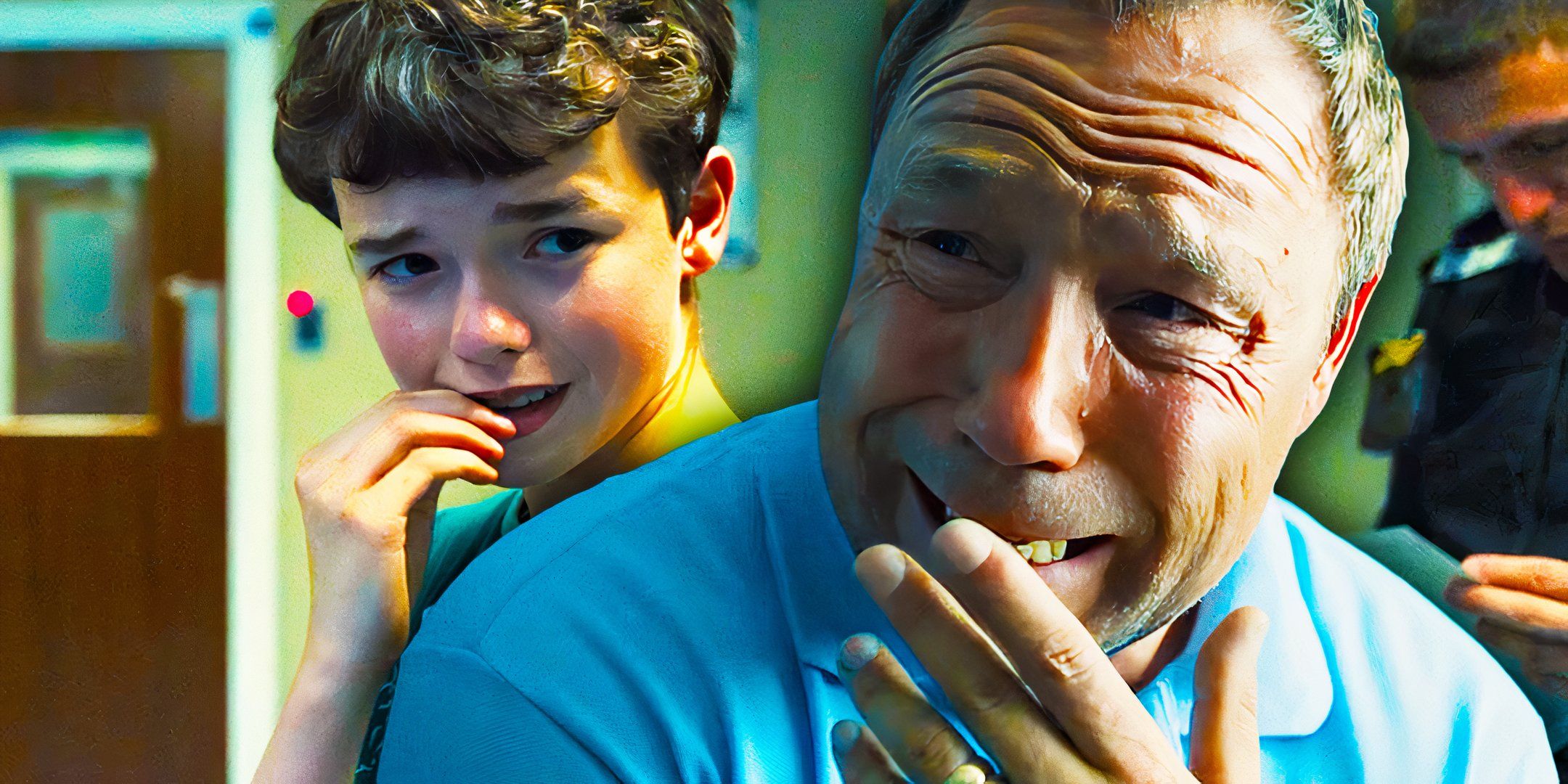
Adolescence is brilliantly crafted and plays out like a theater performance, with each episode remarkably taking place with a single uncut shot. While the visual aspect of the Netflix series is a standalone feat, Adolescence’s story remains the most gripping part of the psychological drama. After episode 1 takes Jamie through the police protocol following his intense arrest and initial interrogation, episode 2 takes a look at the school he and Katie attended, while episode 3 revisits the troubled Jamie as he spirals in and out of control with a psychologist. Episode 4 takes place 13 months after Jamie is charged with Katie’s murder and ends on a tragic definitive note about what truly happened.
Jamie’s Choice To Plead Guilty Is Proof He Killed Katie
Jamie Finally Confesses To Killing Katie With His Guilty Plea
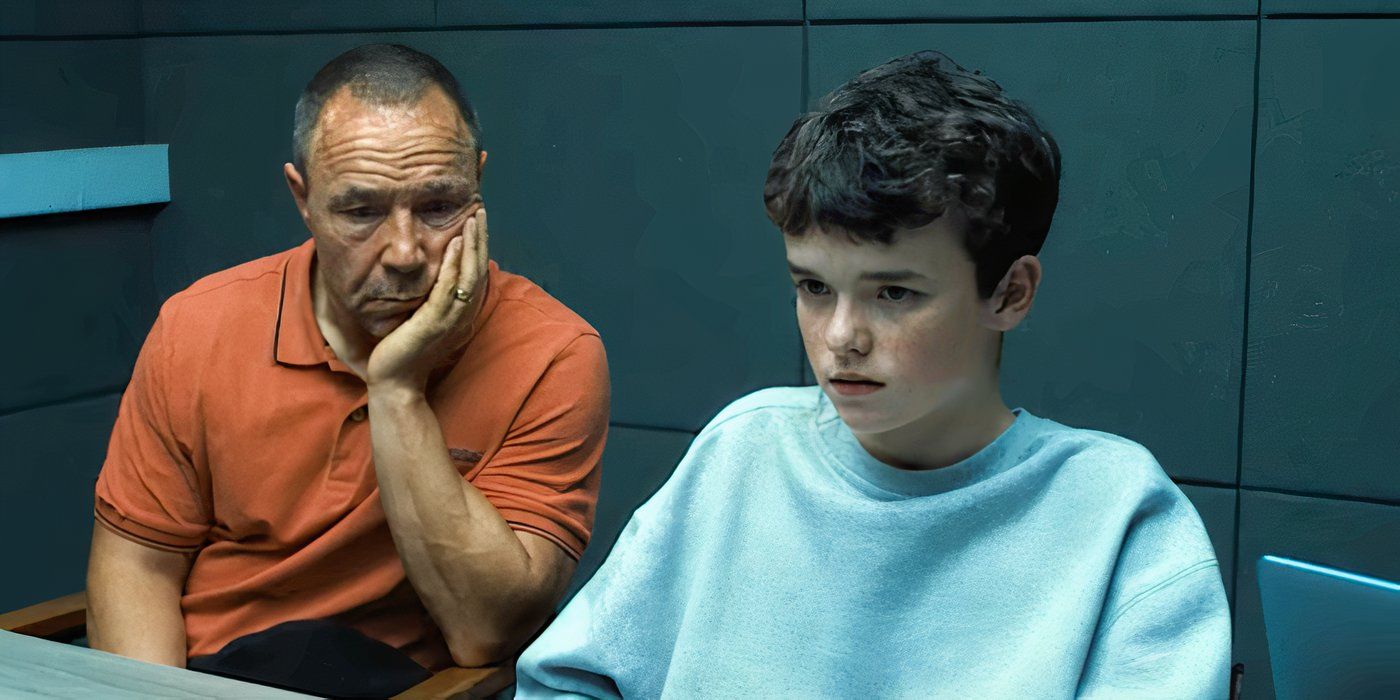
Adolescence episode 4 takes place on Eddie’s 50th birthday, which is why he receives a birthday card from Jamie, who has been detained for over a year awaiting trial. The episode shows how the Miller family has gotten over Jamie in some ways and hasn’t in others. After dealing with some punks who vandalize his van, Eddie loses his cool outside a home improvement store, causing a scene. Eddie takes a call from Jamie, who wishes him a happy birthday and has some alarming news: he’s pleading guilty. This essentially confirms that Jamie did, in fact, stab Katie seven times and kill her, as was shown on CCTV video evidence in episode 1.
Why Eddie Couldn’t Believe Jamie Is A Murderer After Watching Video Evidence
Eddie Was Driven By Denial To Protect His Son At All Costs

One of the most fascinating aspects of Jamie’s character was how convincing he was at lying and manipulating. This is put on full display with his therapist in episode 3. Even though Eddie saw the undeniable footage of Jamie stabbing and murdering Katie, he couldn’t completely believe it.
After hearing Jamie finally confess, Eddie realizes he had been lied to all along and reality finally sinks in for him and his family.
Eddie & Manda’s Emotional Conversation About Jamie Explained
They Feel Guilty For Making A Murderer But They Also Raised A Great Daughter

Following the shocking news of Jamie’s plea decision, Eddie and Manda have an emotional reflective conversation about their son, who will surely be facing years in prison. They reminisce on better days while also analyzing what they could have done differently, taking on guilt and accountability for “making” him.
Eddie says he tried to get him into sports but Jamie wasn’t interested, while Manda recalls how Jamie would come home from school, go on his computer, and stay up late every night. While Eddie and Manda assume responsibility for making him a killer, their daughter, Lisa, enters and reminds them that they also made her and that they can’t blame themselves for Jamie’s darkness.
Why Some Kids Spray-Painted “Nonse” On Eddie’s Van
There May Have Been A Rumor Going Around That Eddie Abused Jamie
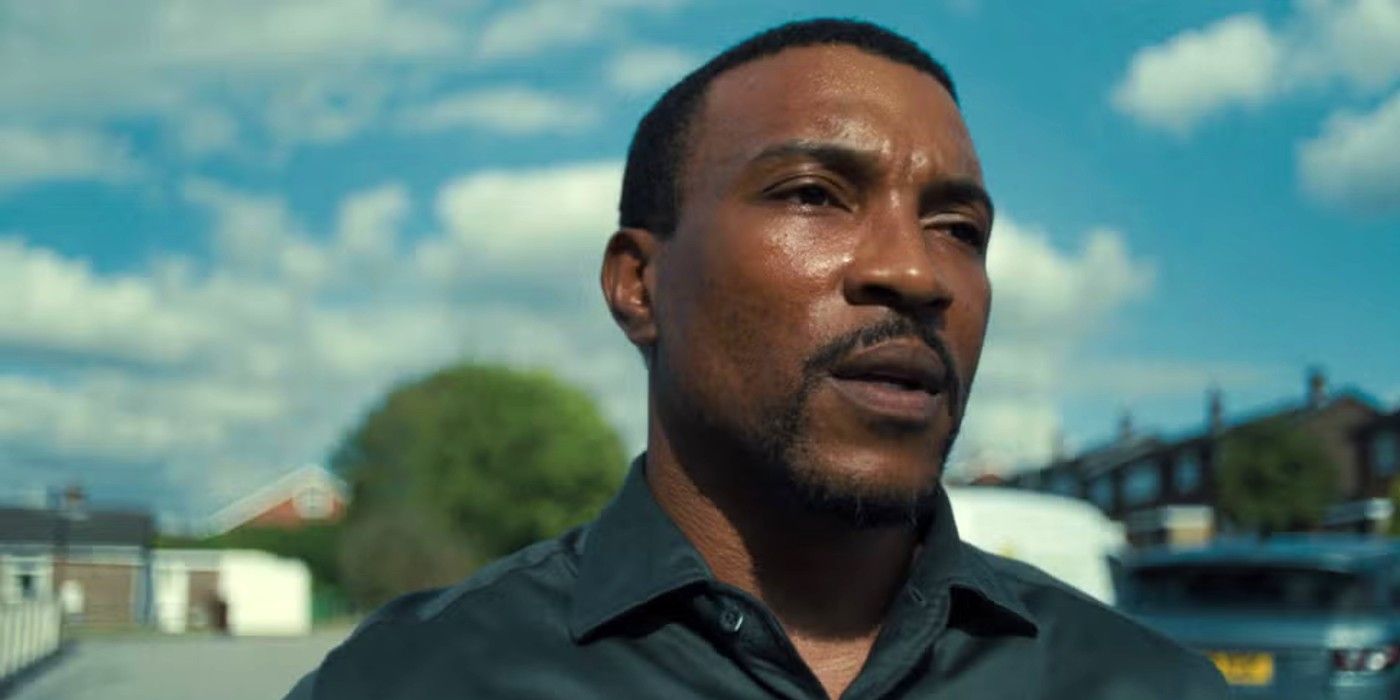
Episode 4 also highlights the fact that Eddie is having some difficulty coping with Jamie’s situation and his ongoing struggles with rage. When Eddie confronts the teen who vandalized his van, he shouts “Don’t make fun of me,” which may be interpreted as a slight admission of guilt, as if he knew the “nonse” was meant for him. While Lisa is clueless on the matter, Manda may know something about Eddie’s past that doesn’t necessarily come to the surface by the end of Adolescence. Perhaps the teens who wrote “nonse” heard a rumor that Eddie had sexually abused Jamie. Regardless, the “nonse” accusation of Eddie or Jamie seems baseless.
Who Jenny Is & Why Manda Keeps Bringing Her Up
Jenny Is Eddie’s Therapis Who Helps Him With Anger Management
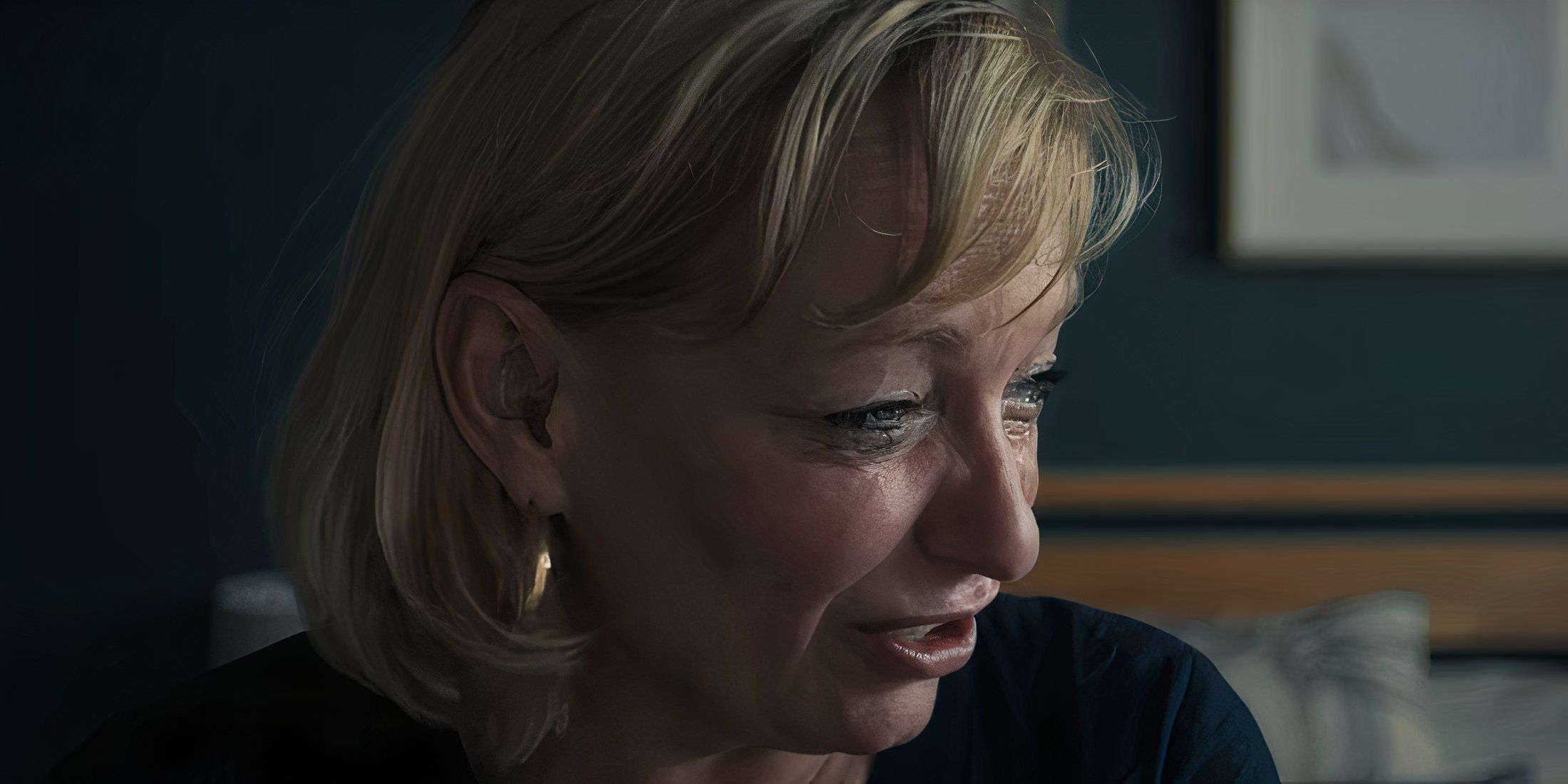
Eddie is clearly flawed and his most obvious issue is uncontrollable rage – he asks his wife if he “gave” this to Manda, who denies it, when really it’s a bit of an impossible question to answer. Surely children who are exposed to ideas of men exerting dominance or control through anger and violence could implement these notions into their personality and perception.
Jamie’s Motive For Killing Katie Explained
Adolescence Explores Several Aspects Of Jamie’s Unhealthy Mindset
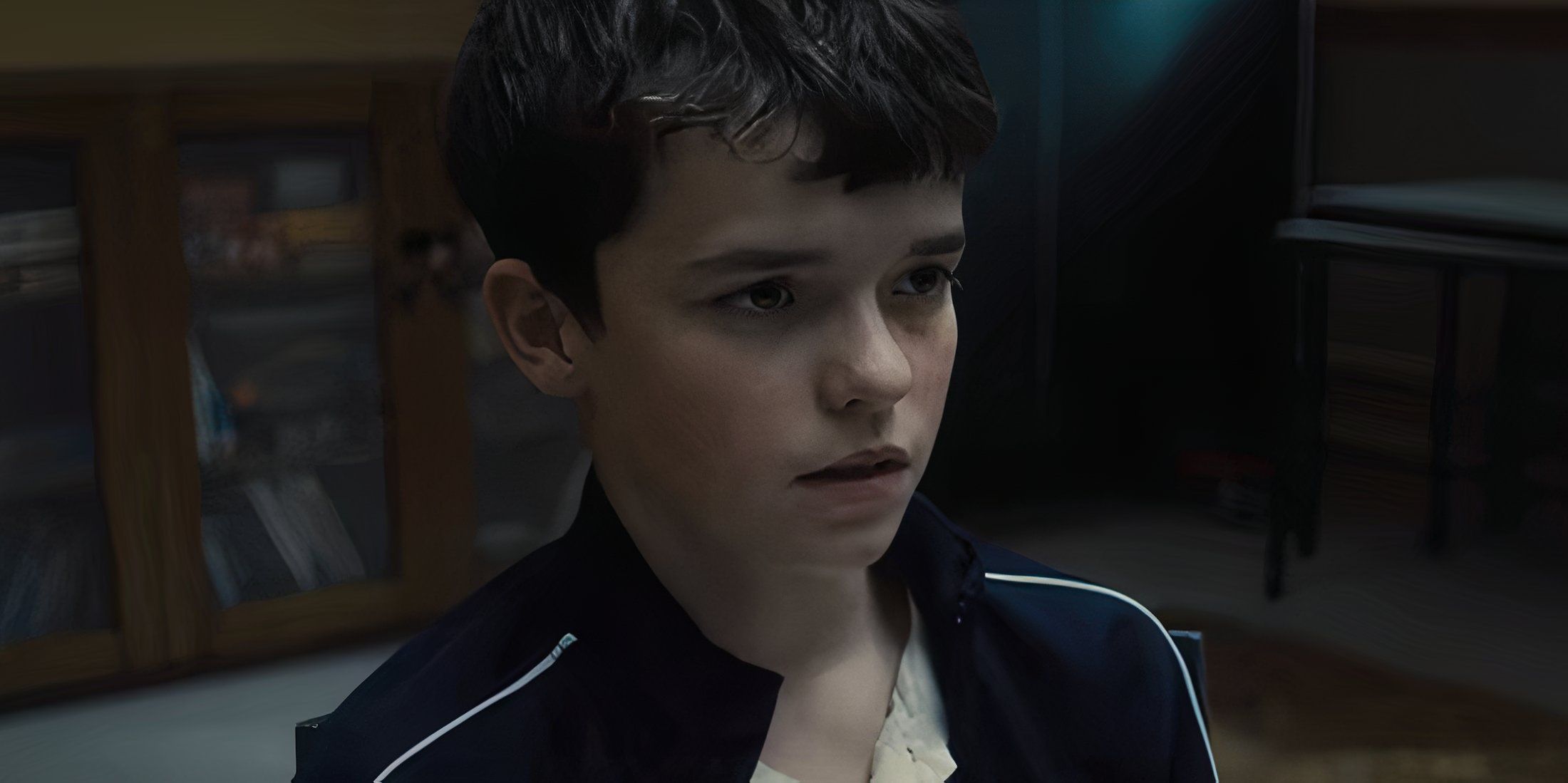
Jamie made it official in the finale episode of Adolescence but the writing was on the wall ever since the end of the first episode. Through the youthful insight of his son, Bascombe learns that Jamie was being subliminally bullied by Katie, who used certain emojis in comments on his Instagram posts to imply she thinks he’s an “incel”. There’s also talk of the “manosphere” and other pillars of toxic masculinity, perpetuated by controversial figures such as Andrew Tate, who is even directly mentioned in the series.
These elements, combined with Jamie’s rowdy school, pathological lying, family history of rage, and deep-rooted insecurity, paint an understandable picture as to why someone who was rejected and bullied by a girl he liked would retaliate through brute force, potentially without realizing the finality of his actions.
The Real Meaning of Adolescence’s Ending
A Fictional Portrait That Raises Real-World Discussion
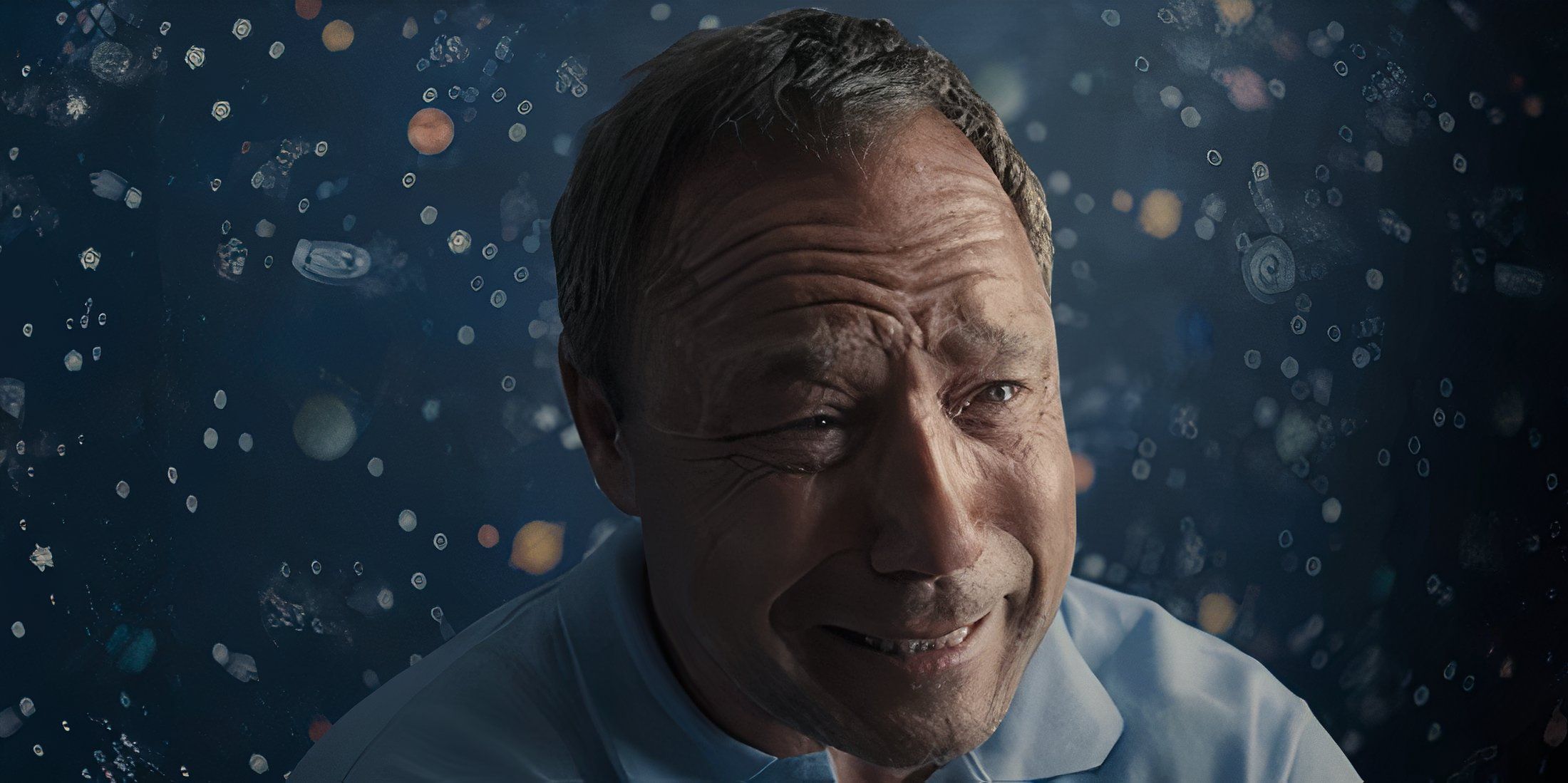
Adolescence does an outstanding job of not only raising the questions surrounding real-life teenage stabbings, which inspired the series, but also offering some applicable circumstances and avenues toward understanding. Graham and Thorne present the experience of adolescence itself as enigmatic and often irrational, increasingly fueled by Internet jargon, so-called influencers, and clever cyberbullying workarounds. Given the full context of Jamie’s situation, he clearly had many social and personal struggles that he did not know how to process or express to a trusted adult. Viewers of Adolescence then decide where to place blame.
With such a confusing and indescribable subject, Adolescence brilliantly offers some empathetic perspective while starting a vital societal conversation.





